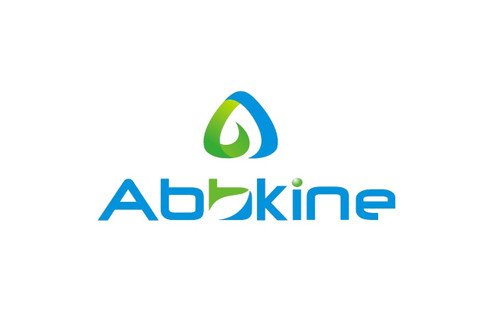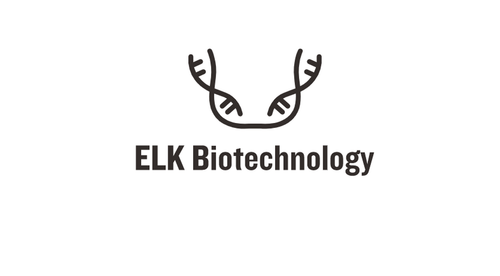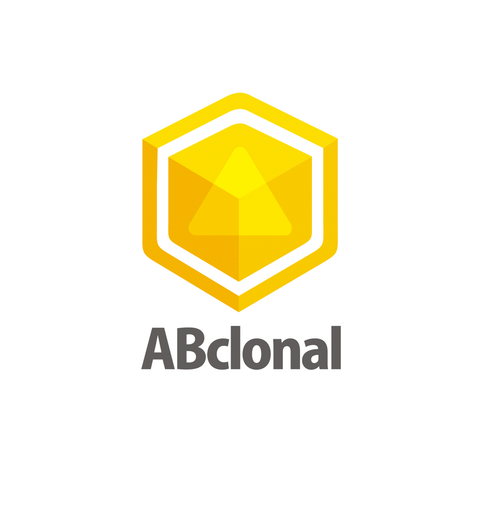Product Description
Human Caspase-14 (CASP14) ELISA Kit | AE61554HU | Abebio
Species Reactivity: Human (Homo sapiens)
Abbreviation: CASP14
Alternative Name: MGC119078; MGC119079; apoptosis-related cysteine protease|caspase 14|caspase 14; apoptosis-related cysteine protease
Application: ELISA
Range: 312.5-20000 pg/mL
Sensitivity: 10.56 pg/mL
Intra-Assay: ≤5.1%
Inter-Assay: ≤9.3%
Recovery: 1, 1
Sample Type: Serum, Plasma, Other biological fluids
Detection Method: Sandwich
Analysis Method : Quantitive
Test Principale: This assay employs a two-site sandwich ELISA to quantitate CASP14 in samples. An antibody specific for CASP14 has been pre-coated onto a microplate. Standards and samples are pipetted into the wells and anyCASP14 present is bound by the immobilized antibody. After removing any unbound substances, a biotin-conjugated antibody specific for CASP14 is added to the wells. After washing, Streptavidin conjugated Horseradish Peroxidase (HRP) is added to the wells. Following a wash to remove any unbound avidin-enzyme reagent, a substrate solution is added to the wells and color develops in proportion to the amount of CASP14 bound in the initial step. The color development is stopped and the intensity of the color is measured.
Product Overview: Caspase-14 is a member of the cysteine-aspartic acid protease (caspase) family. Sequential activation of caspases plays a central role in the execution-phase of cell apoptosis.Caspases exist as inactive proenzymes which undergo proteolytic processing at conserved aspartic residues to produce two subunits, large and small, that dimerize to form the active enzyme. This caspase has been shown to be processed and activated by caspase 8 and caspase 10 in vitro, and by anti-Fas agonist antibody or TNF-related apoptosis inducing ligand in vivo. The expression and processing of this caspase may be involved in keratinocyte terminal differentiation, which is important for the formation of the skin barrier.
Stability: The stability of ELISA kit is determined by the loss rate of activity. The loss rate of this kit is less than 5% within the expiration date under appropriate storage condition. The loss rate was determined by accelerated thermal degradation test. Keep the kit at 37°C for 4 and 7 days, and compare O.D.values of the kit kept at 37°C with that of at recommended temperature. (referring from China Biological Products Standard, which was calculated by the Arrhenius equation. For ELISA kit, 4 days storage at 37°C can be considered as 6 months at 2 - 8°C, which means 7 days at 37°C equaling 12 months at 2 - 8°C) .
 Euro
Euro
 USD
USD
 British Pound
British Pound
 NULL
NULL












